numbness in jaw line
 Left-Sided Facial Numbness: Causes, When to Seek Help, and More
Left-Sided Facial Numbness: Causes, When to Seek Help, and MoreThis Unusual Syndrome of the Face could be a first sign of MAL: the case began with intense pain and numbness for Kate Kneisel, Distributor, MedPage Today 16 March 2020 A 30-year-old Indian presents a hospital clinic in Doha, Qatar, with severe pain and numbness throughout his lower jaw, noting that the symptoms developed 4 days earlier. Although his medical history is undeniable, the patient explains that during the past month, for unknown reasons, he has lost 4 kg. During that time, he has also been intermittently feverish, and has generally felt sick. The clinicians who evaluate it notice that it looks pale, has an obvious submandibular inflammation on both sides of your mouth, and can open your mouth only slightly due to pain. His story reveals that he has not suffered any trauma or has had recent eruptions of skin or mucous; he has not had a vaccination against hepapathy. Neurological evaluation finds that the patient has reduced the sensitivity to pain, touch and temperature changes in the mental area, but the normal vibration sensation and motor function. The rest of your nervous system, as well as other systems, are intact. Laboratory Results Laboratory tests identify the following: Clinicals rule out infectious causes such as Epstein Barr and HIV virus; however, no serologic tests were ordered for herpes. The results of the antinuclear antibodies, anti-neutrophy cytoplasmic antibodies and rheumatoid factor tests are all negative. Based on signs of bicytopenia, doctors take a peripheral. The analysis shows a neutropenia marked with the left shift, dysplastic features and 47% circulating blasts with some Auer rods, a highly suggestive image of acute myeloid leukemia (MAL). This is confirmed by the flow cytometry of the bone marrow aspiration, which shows 52% of abnormal precursors. chromosomal analysis reveals 45, X,-Y with t(8;21) (q22;q22); RUNX1-RUNX1T1. To further investigate the reason for the patient's neurological deficit, doctors order the magnetic resonance of the head. This reveals a subtle sign of bone marrow heterogeneous without destructive bone marrow or soft tissue masses, with the possibility of an underlying infiltrative process. In addition, the almost complete opacification of left mastoid air cells suggests possible left mastoiditis, but there is no other defining abnormality of the focal cerebral parenchyma; all ventricles appear normal, and there is no evidence of a change of medium line or deformity. Sub-mandibular glands are also normal, and no destructive bone lesion is detected. The patient starts in induction therapy with citrabine and anthracycline using the standard 7+3 protocol (7 cytoabine days + 3 days of anthracycline). (The standard combination is 7+3, with a continuous infusion of 7 days of cytoabine in the dose of 100 or 200 mg/m2 per day in the days 1 to 7 and daunorubicin at 60 mg/m2 per day in the days 1 to 3.) After the first cycle of induction, the pain of the jaw and the patient's swelling were relieved. Treatment also resolves the decrease in sensation and paresthesia that affects the left half of the mental area, although these symptoms persist in the right half of the area even after the second induction cycle. At 7 postdiagnostic weeks, an X-ray of the skull shows the heterogeneous texture of the jaw. According to the hospital protocol, the patient receives a total of two induction cycles and three consolidation cycles; the bone marrow examination at the end of the treatment reveals 4% of explosions. The patient is discharged to return to his country of origin. DiscussionScientists who present this from numbed chin syndrome (NCS) point out that it is a rare and subdiagnosed neuropathy, and that it is even more unusual to find NCS as a feature of LMA presentation. The authors explain that they report the case of this patient to encourage clinicians to consider LMA as an important differential in patients with NCS where there is no trauma or prior infection. NCS, also known as mental nervous neuropathy, affects the lower alveolar branch of the trigeminal nerve and is usually characterized by hypoesthesia, paresthesia and in rare cases, pain. NCS has very diverse causes. are caused by odontogenic diseases such as trauma, dental extraction, dentoalveolar abscess and osteomyelitis. Other non-evil causes include non-odogenous infections (bacterial, viral, Lyme disease, syphilis and HIV), multiple sclerosis, sensory benign trigenic neuropathy, radiation therapy, chemical exposure, vasculitis, systemic amyloidosis, sickle cell disease, sarcoidosis, diabetes mellitus, and vertebrobasilar insufficillation. As this case illustrates, the NCS is also associated with the presentation, progression or relapse of malignancy, and is believed to be associated with the presentation of solid tumors and hematological malignities by an estimated 30-50% of patients, although this has not yet been confirmed by large prospective studies. Any lesion along the trigeminal nerve, from its nucleoles on the ponies to the jaw ends, can be consulted in NCS. NCS associated with the disease may result from direct infiltration of the bone or nerve, leptomeningeal bending or inflammation or compression of the nerve. The authors of the case urge doctors who see a patient with NCS to be alert to potential cancer, as NCS can be an initial sign of undiagnosed malignancy; the syndrome may also indicate cancer recurrence. The NCS has been found in metastatic liver, lung, kidney, breast, and prostate malignancies, among others. As such, the authors urge the clinicians to evaluate patients with these symptoms to take a detailed history that includes previous backgrounds of malignities and risk factors, and to perform a physical examination of the above solid organs, followed by an appropriate image. NCS reports as a symptom presented with hematological malignancy are relatively rare; NCS has been more frequently linked to non-Hodgkin lymphoma and acute lymphatic leukemia. This is believed to be only the sixth reported case of NCS associated with AML, the authors' note. An interesting aspect of the case, they say, is the chromosomal abnormalities of the patient -- t(8,21), which carries a favorable prognosis. Another case of this type concerned a 33-year-old woman who had chills, discomfort, nausea and vomiting, and numbness of the lip and lower chin. It had a normal tomograph of the brain and leucocytosis with circulating forms of explosion, morphologically this was consistent with the French-American-British M2 subtype. After 12 days of cytarabine and daunorubicin induction chemotherapy (7+3), his numbness was completely solved, while in the current case, paresthesia persisted after the pain had been resolved. Approach to chemotherapy While the authors of the case do not describe in detail the treatment protocol of their patient, they pointed out that the standard combination therapy for LMA is the 7+3 approach, with a continuous infusion of 7 days of cytarabine to 100 or 200 mg/m2 per day in the days 1 to 7 and daunorubicin to 60 mg/m2 per day in the days 1 to 3. Recent data suggest that the daily dose of 45 mg/m2 of daunorubicin may be suboptimal in patients under 65 years of age, although it has not been determined that the daily dose of 90 mg/m2 should be preferred during the daily dose of 60 mg/m2 endorsed by the European expert panel LeukaemiaNet 2017. The authors also compiled a summary of the previous cases, showing that they were all from Novo AML. In the case of your patient, it was not possible to determine whether the symptom was related to the infiltration of the mental nerve itself by leucoemic cells or the intrusion caused by the infiltration of the bone marrow into the mandible area. The patient's severe thrombocytopenia in the presentation suggested a high risk of bleeding, and combined with the risk of damage the nerve beyond, the decision was taken not to biopsy the mandible; the exact pathophysiology of his chin, therefore, could not be determined. Conclusion The authors conclude that AML -- "one of the most sinister diagnoses" -- should be considered in a patient with NCS and that more research is needed to study the association between NCS and the potential prognosis of specific cytogenetic abnormalities in this malignancy. Disclosure The authors of the case reported that they had no information. Revista de Casos de Fuentes Primarias Reference: The material on this site is only for information purposes, and is not a substitute for medical advice, diagnosis or treatment provided by a qualified health care provider. © 2021 MedPage Today, LLC. All rights reserved. Medpage Today is among the federally registered trademarks of MedPage Today, LLC and cannot be used by third parties without explicit permission.

Numb Chin: Numb Chin Syndrome, Other Causes, Warning Signs
Numb Chin Syndrome
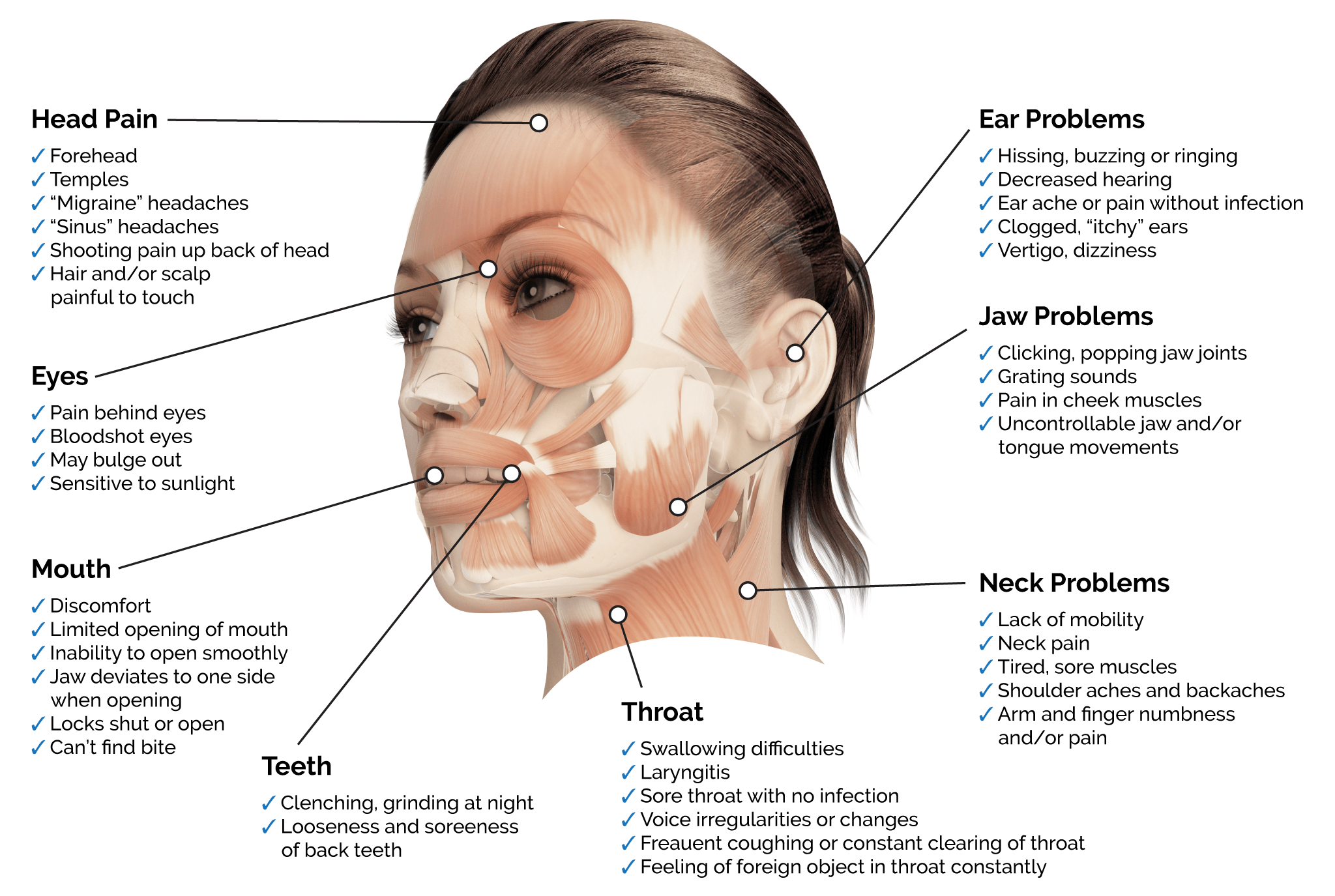
TMJ/TMD | Clicking or Popping Jaw Solutions in 60527 | Willowbrook Family Dental

Left-Sided Facial Numbness: Causes, When to Seek Help, and More
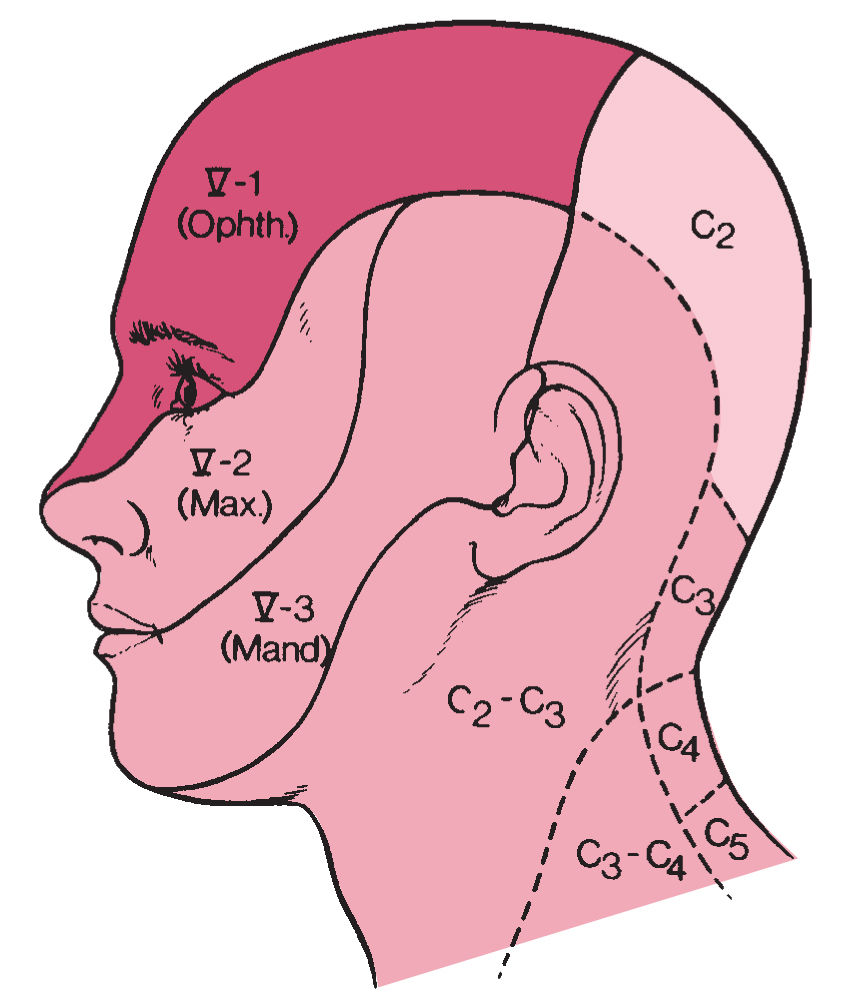
Approach to the Patient with Facial Numbness | Neupsy Key

Is Your Jaw The Cause of Your Arm Numbness and Tingling? - Konig Center for Cosmetic & Comprehensive Dentistry
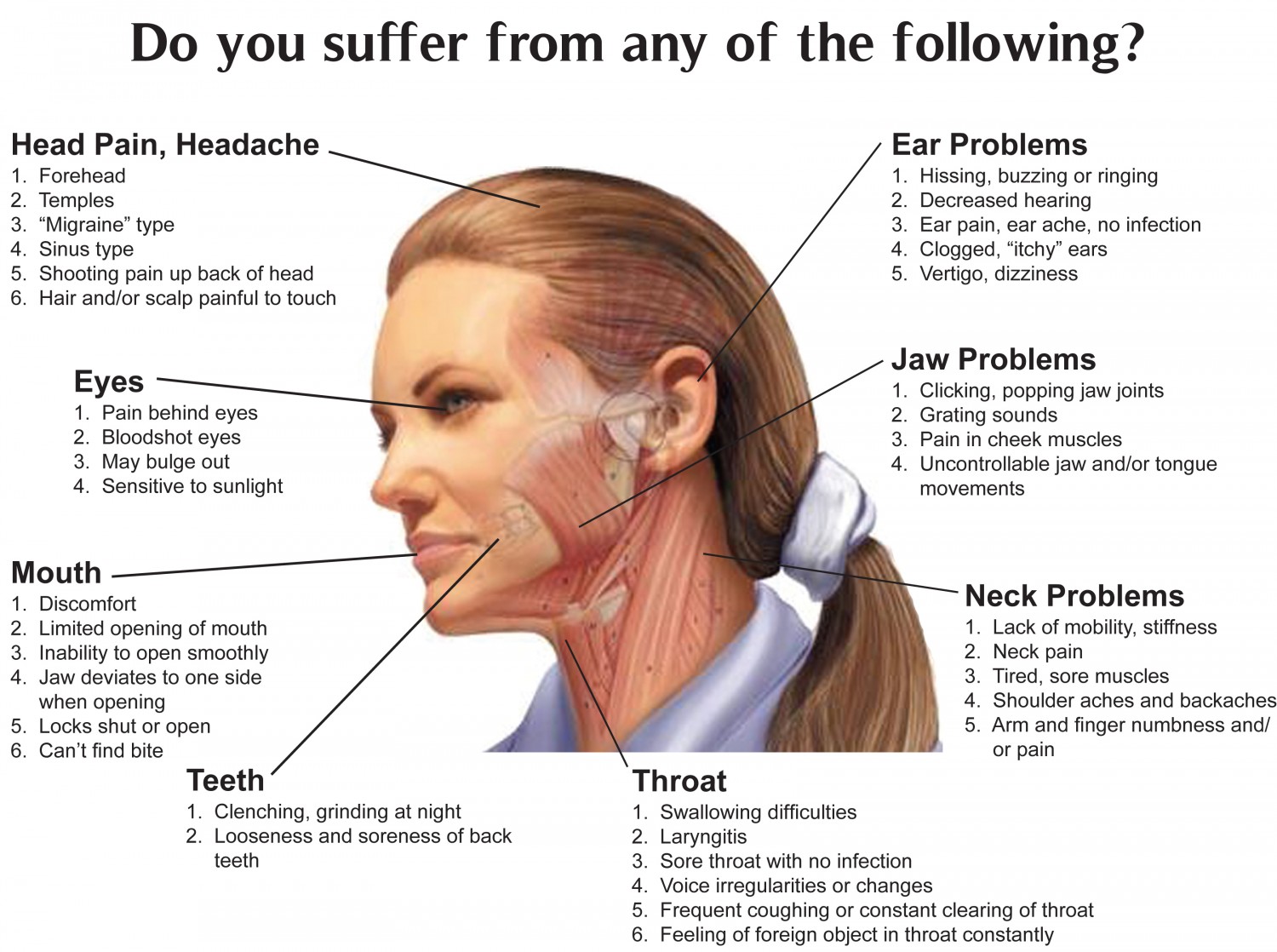
TMJ/TMD appliances - The Royersford Dentist

Numb Chin Syndrome: A Signal of Underlying Concern | Journal of Dental Hygiene

Temperomandibular Joint Dysfunction (TMD) | Williams Square Dental

Broken or dislocated jaw: Causes, symptoms, and treatment

7 possible reasons for your jaw pain | Considerable

Numb Chin: Numb Chin Syndrome, Other Causes, Warning Signs

Numb Chin: Numb Chin Syndrome, Other Causes, Warning Signs

What causes a numb mouth? Symptoms and treatments
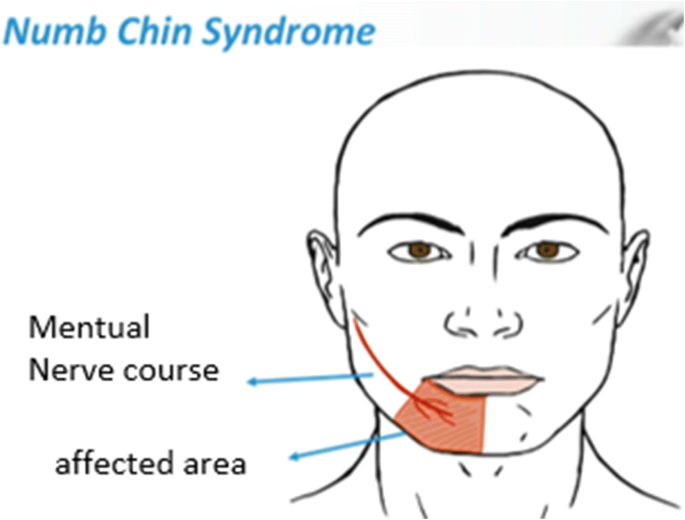
Jaw Metastasis from a Prostate Adenocarcinoma Associated with Numb Chin Syndrome: Case Report | SpringerLink
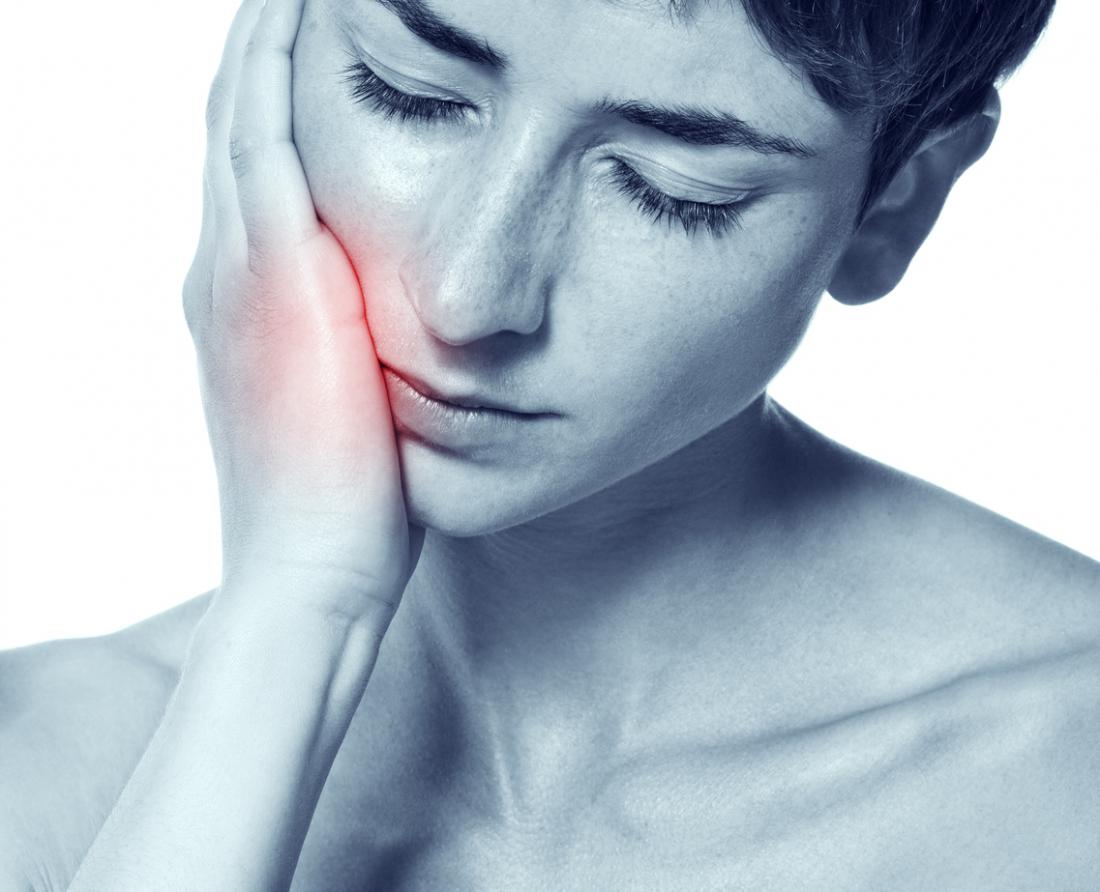
Trigeminal neuralgia: Symptoms, causes, and treatment

Doctors warn that numbness in the jaw can be a sign of cancer - YouTube
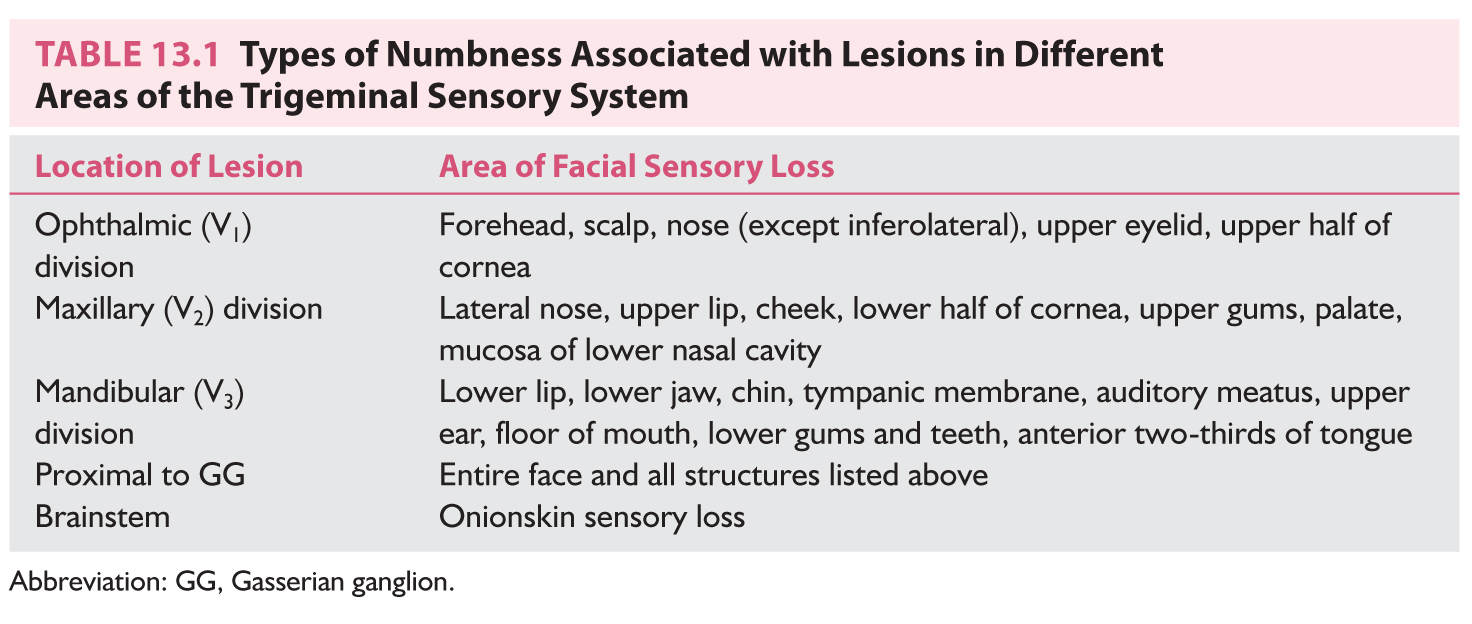
Approach to the Patient with Facial Numbness | Neupsy Key

Numb chin with mandibular pain or masticatory weakness as indicator for systemic malignancy – A case series study - ScienceDirect

Numb face: 5 causes and what to do

Right-Sided Facial Numbness: Causes, When to Seek Help, and More

Cleveland TMJ Clinics TMJ Doctors Temporomandibular Joint Dr. Wahib www.tmjdoctor.net

This Unusual Syndrome of the Face Could Be an Early Sign of AML | MedPage Today
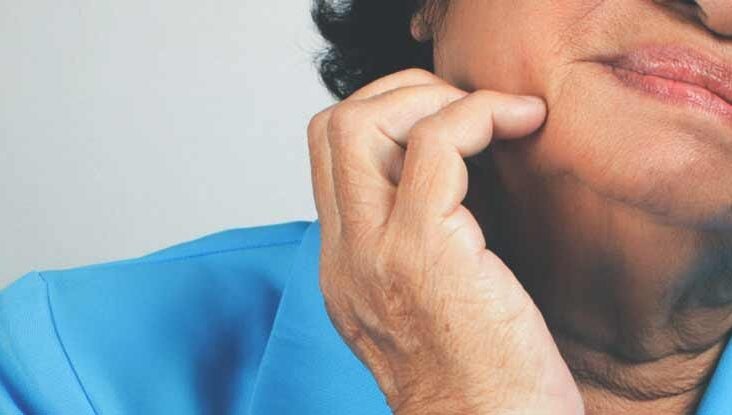
What Causes Tingling in Your Face?
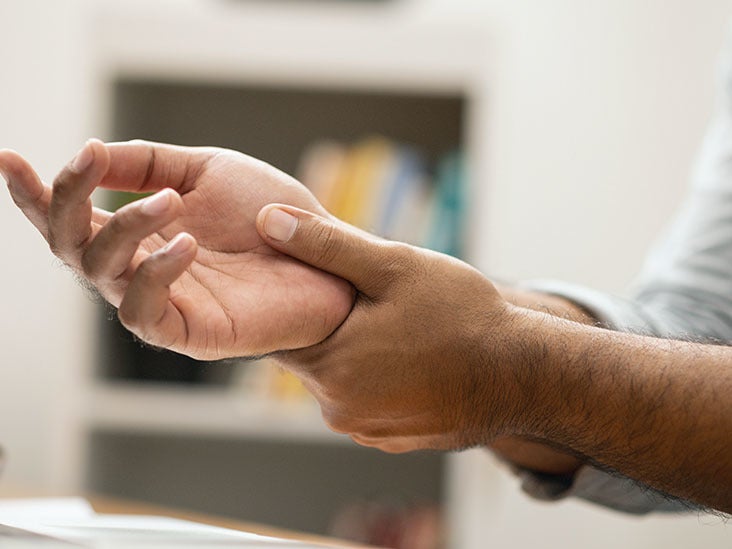
Numbness in right hand: Causes and when to see a doctor
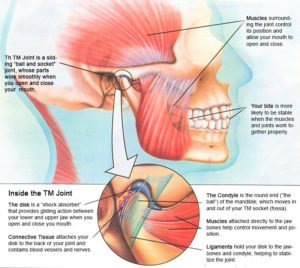
Is Your Jaw Pain and Headaches Caused by TMJ or TMD Disorder?

5 Ways to Get Rid of Numbness After a Dental Procedure : Tompkins Dental: General Dentistry

Bilateral mandibular nerve injury following mask ventilation: a case report - ScienceDirect

Tingling Face - Symptoms, Causes, Treatments
/right-sided-chest-pain-symptoms-and-possible-causes-4116859-5c77334ec9e77c00012f815f.png)
Causes of Right Side Chest Pain

Botox®& Dental Fillers |

What Causes Tingling in Your Face?

Numbness in jaw line

PDF) Management of Unilateral Facial Numbness

Jawzrsize review: Does it work?

How A Misaligned Jaw Affects Your Overall Health
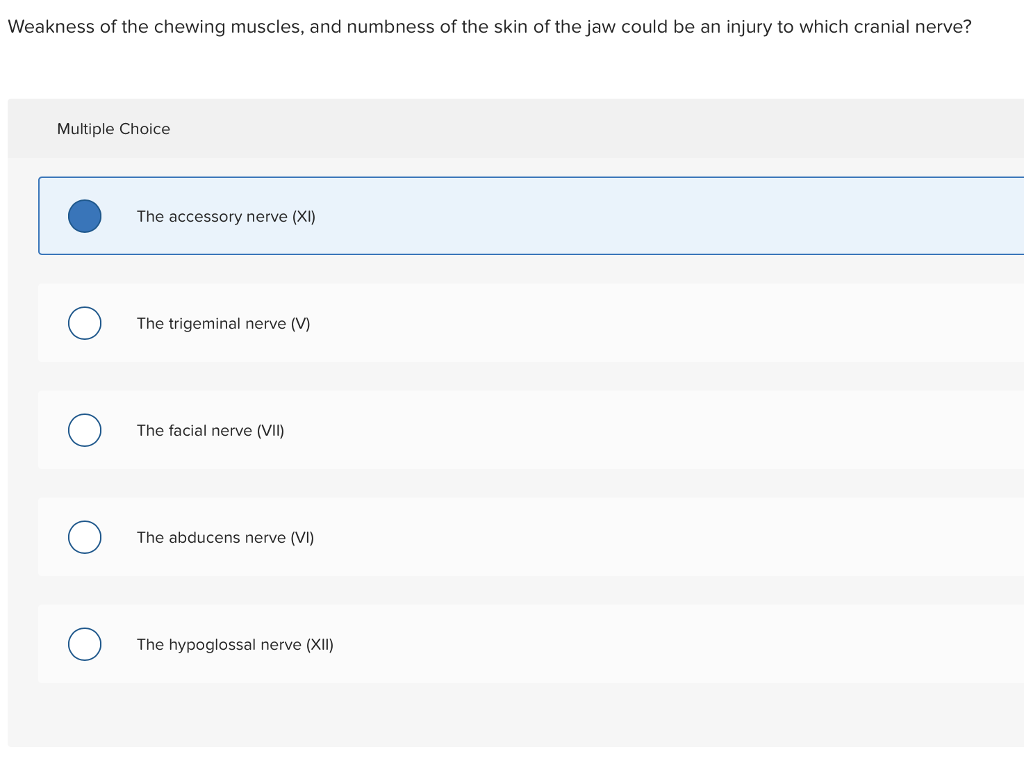
Solved: Weakness Of The Chewing Muscles, And Numbness Of T... | Chegg.com

Numb face: 5 causes and what to do
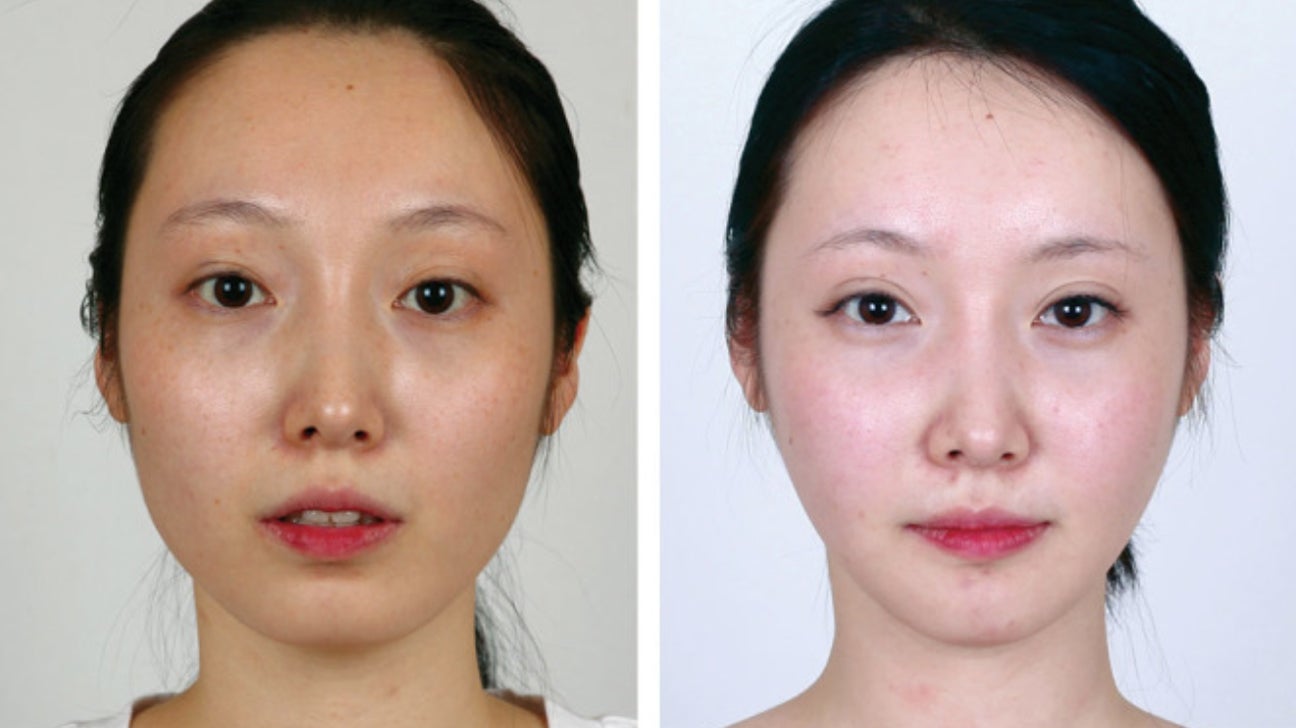
V-Line Surgery: Cost, Procedure, and What to Expect
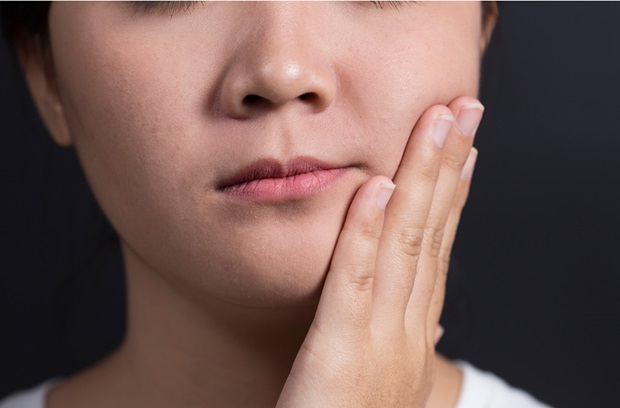
TMJ: The Small Joint That Can Cause Big Pain - Penn Medicine
Posting Komentar untuk "numbness in jaw line"